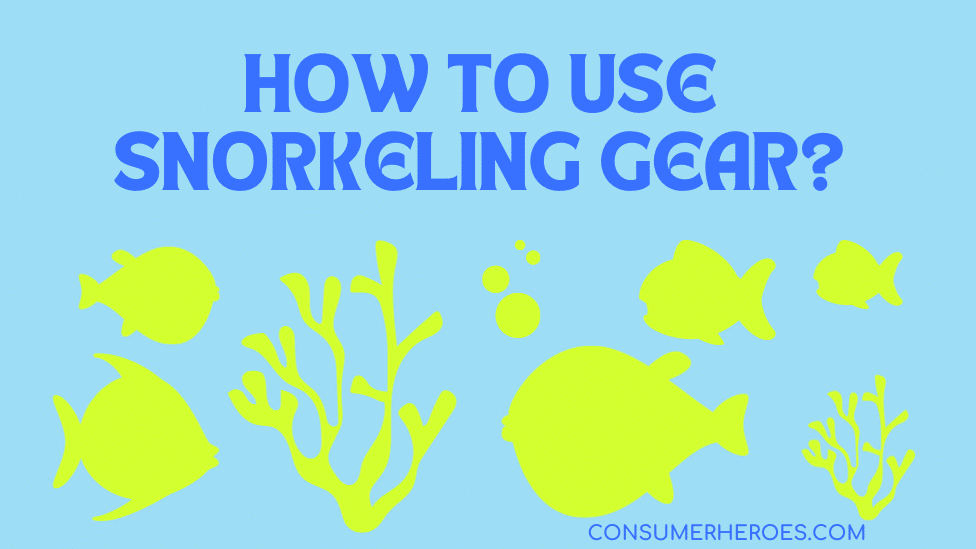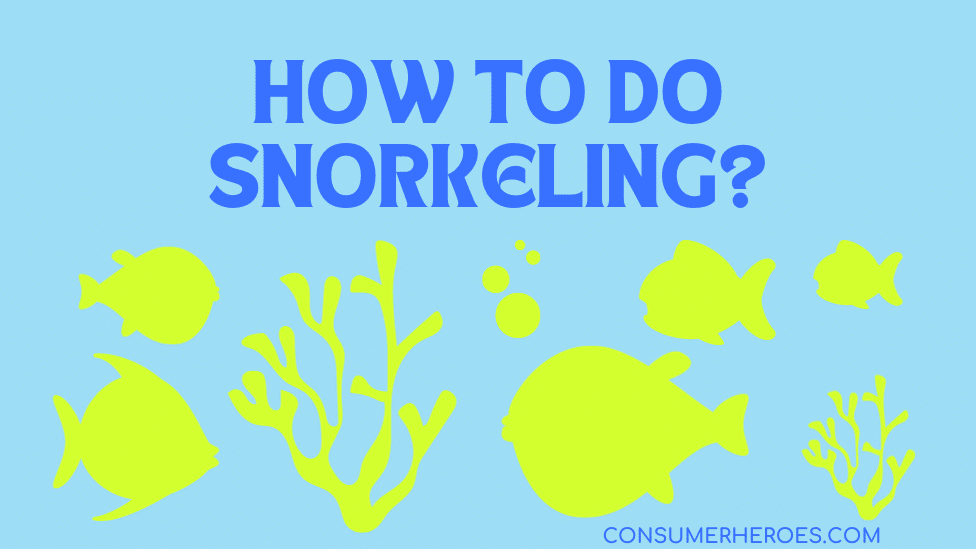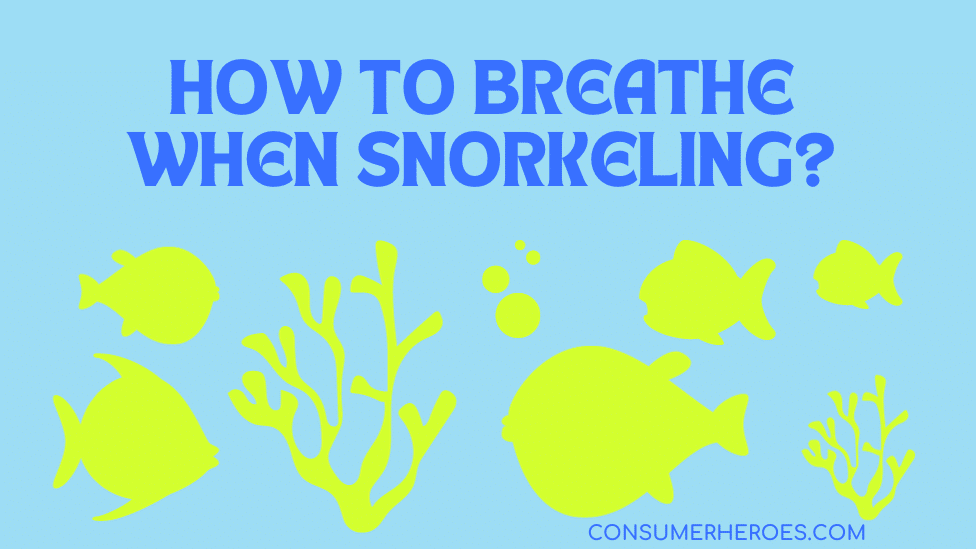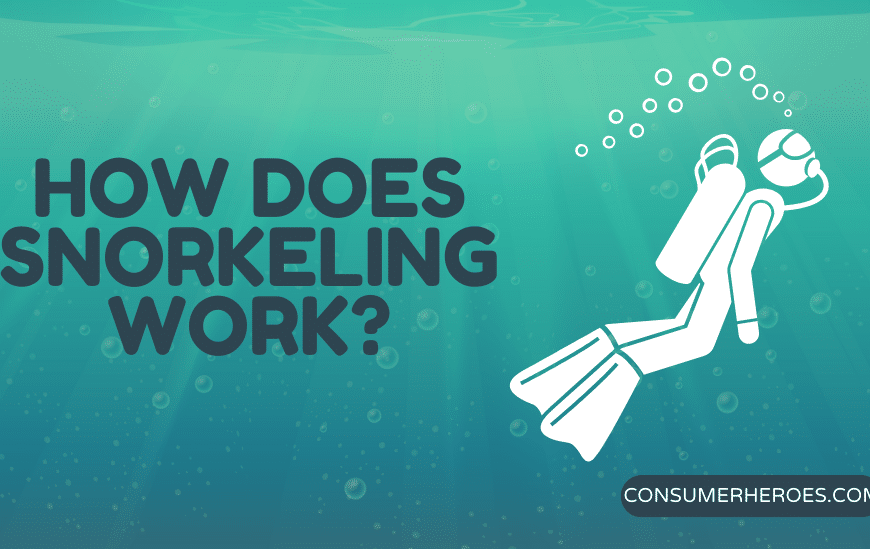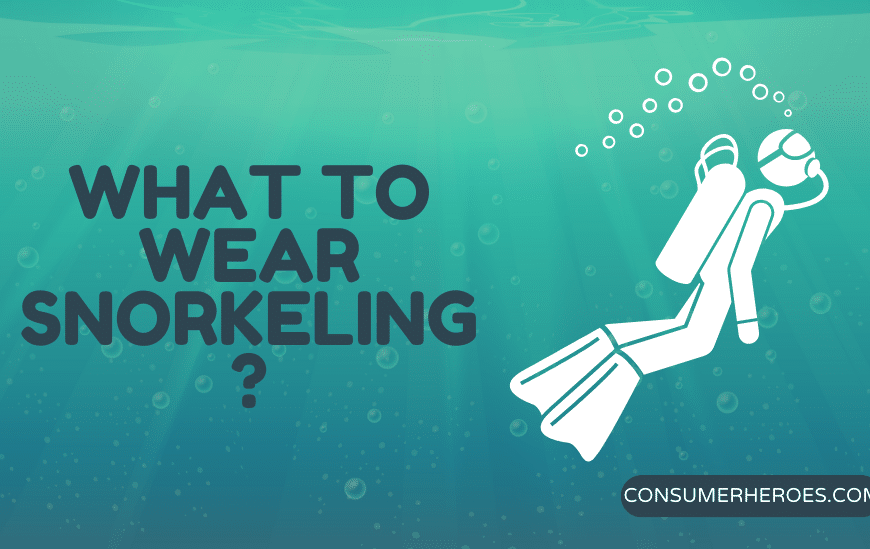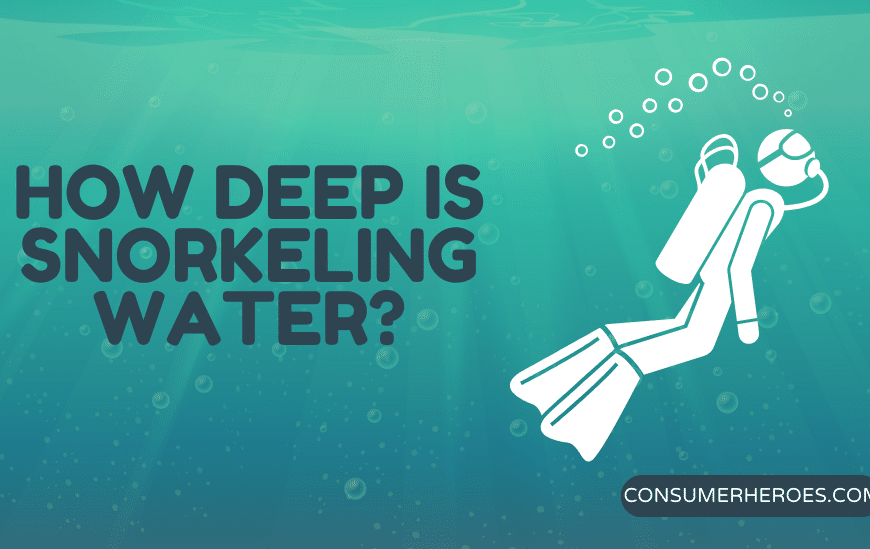Snorkeling is a fun and exciting way to explore the underwater world. However, without the proper equipment and knowledge, it can be a frustrating and uncomfortable experience. One of the most important pieces of equipment for snorkeling is the snorkeling gear. In this article, we will provide a step-by-step guide on how to use snorkeling gear effectively to ensure a comfortable and enjoyable snorkeling experience.
The first step in using snorkeling gear is to select the right equipment. This includes a mask, snorkel, and fins. It is important to choose equipment that fits well and is comfortable to wear. A mask that is too tight or too loose can cause discomfort and leaks, while fins that are too small or too big can cause blisters or cramps. A snorkel that is too long or too short can make breathing difficult. It is recommended to try on different sizes and styles of snorkeling gear to find the best fit.
Once the appropriate gear has been selected, the next step is to properly prepare it for use. This includes adjusting the straps on the mask to fit snugly but comfortably, testing the snorkel for proper breathing, and making sure the fins are securely fastened. It is also important to check for any defects or damage to the equipment before use. By following these steps, snorkelers can ensure that their gear is properly prepared and ready for use.
Understanding Snorkeling Gear
Snorkeling gear is essential for any snorkeling adventure. It consists of a snorkel, mask, and fins, which allow the snorkeler to breathe, see underwater, and swim effectively. In this section, we will discuss each component of snorkeling gear in more detail.
Snorkel
The snorkel is a tube that allows the snorkeler to breathe while their face is underwater. It is usually made of plastic or silicone and has a mouthpiece at one end. The other end of the snorkel is equipped with a valve that prevents water from entering the tube. Some snorkels also have a purge valve that allows the snorkeler to clear any water that may have entered the tube.
Mask
The mask is a crucial component of snorkeling gear as it allows the snorkeler to see underwater. It covers the eyes and nose and creates an air pocket in front of the face, allowing the snorkeler to see clearly. Masks come in various shapes and sizes, and it is essential to choose one that fits comfortably and creates a good seal around the face.
Fins
Fins are used to propel the snorkeler through the water efficiently. They come in various styles, including full-foot fins and open-heel fins. Full-foot fins are worn like shoes and are suitable for warm water. Open-heel fins are worn with booties and are more versatile, allowing the snorkeler to adjust the fit and use them in colder water.
In summary, understanding the components of snorkeling gear is essential to ensure a safe and enjoyable snorkeling experience. Choosing the right gear and ensuring it fits correctly will make all the difference in the water.
Choosing the Right Snorkeling Gear
When it comes to snorkeling, having the right gear can make all the difference in your experience. Here are some things to consider when choosing the right snorkeling gear.
Mask Selection
Choosing the right mask is crucial for a comfortable and enjoyable snorkeling experience. Here are some key factors to consider when selecting a mask:
- Fit: The mask should fit snugly on the face without being too tight or uncomfortable.
- Field of Vision: Look for a mask with a wide field of vision to allow for maximum visibility.
- Material: Masks are typically made from silicone or rubber. Silicone masks tend to be more comfortable and durable.
- Lens Type: Single-lens masks offer a wider field of vision, while dual-lens masks can be easier to clear.
Snorkel Types
There are several different types of snorkels to choose from, each with their own advantages and disadvantages. Here are some of the most common types:
- Standard Snorkel: This is the most basic type of snorkel, with a simple tube and mouthpiece. It’s easy to use and budget-friendly, but may not be as comfortable as other options.
- Semi-Dry Snorkel: This type of snorkel has a splash guard at the top to prevent water from entering the tube. It’s a good choice for those who want to snorkel in choppy water or waves.
- Dry Snorkel: A dry snorkel has a valve at the top that seals when submerged, preventing water from entering the tube. This is a great option for those who want to dive down while snorkeling.
Fins Types
Fins help you swim more efficiently and can make snorkeling easier and more enjoyable. Here are some of the most common types of fins:
- Full-Foot Fins: These fins fit over your entire foot and are typically used for warm-water snorkeling. They’re lightweight and easy to pack, but may not provide enough power for strong currents.
- Open-Heel Fins: These fins have an adjustable strap that wraps around the back of the heel. They’re a good choice for cold-water snorkeling, as they can be worn with booties. They also provide more power and control than full-foot fins.
- Split Fins: These fins have a split down the middle that allows them to flex more easily. They’re a good choice for those who want to conserve energy while snorkeling.
Preparing Your Snorkeling Gear
Before heading out to the water, it is important to prepare your snorkeling gear properly. This will ensure that your gear is working correctly and that you are comfortable while snorkeling. The following sub-sections will cover the steps to follow to prepare your mask, snorkel, and fins.
Mask Preparation
The mask is an essential piece of snorkeling gear that allows you to see underwater. To prepare your mask, follow these steps:
- Check the mask for any cracks or damage. If there is any damage, do not use the mask.
- Clean the mask with mild soap and water. Rinse it thoroughly to remove any soap residue.
- Apply a small amount of defogging solution to the inside of the mask lens. Rub it around with your finger and rinse it off with water. This will prevent the mask from fogging up while you are snorkeling.
- Adjust the straps to fit your head comfortably. Make sure the mask creates a good seal around your face.
Snorkel Preparation
The snorkel is the tube that allows you to breathe while your face is underwater. To prepare your snorkel, follow these steps:
- Check the snorkel for any cracks or damage. If there is any damage, do not use the snorkel.
- Attach the snorkel to the mask. Make sure it is securely attached and that the mouthpiece is facing the correct direction.
- Test the snorkel by breathing through it while holding the other end above water. Make sure there are no leaks or obstructions.
Fins Preparation
Fins help you move through the water more efficiently. To prepare your fins, follow these steps:
- Check the fins for any cracks or damage. If there is any damage, do not use the fins.
- Put on your snorkeling boots or socks. This will protect your feet and make it easier to put on the fins.
- Put on the fins one at a time, making sure they fit snugly but not too tight. Walk around a bit to make sure they are comfortable and that you can move your feet easily.
By following these steps, you can ensure that your snorkeling gear is ready for use and that you will have an enjoyable experience in the water.
Using Your Snorkeling Gear
Wearing the Gear
Before entering the water, it is important to make sure that your snorkeling gear is properly fitted. Here are some steps to follow:
- Adjust the strap of the mask to fit snugly on the face, but not too tight. It should create a seal around the nose and mouth.
- Put the snorkel in your mouth and attach it to the mask strap. Make sure the snorkel is positioned properly and that you can breathe comfortably.
- Put on the fins, making sure they fit snugly but not too tight. Walk around a bit to make sure they are comfortable and won’t slip off in the water.
Breathing Techniques
Proper breathing is essential while snorkeling. Here are some tips to help:
- Breathe slowly and deeply through the mouth, using the snorkel to inhale and exhale.
- Keep the snorkel tube above the water to prevent water from entering. If water does enter, simply blow it out through the snorkel.
- If you need to clear the snorkel, exhale forcefully through the tube to remove any water.
Moving in Water
Snorkeling can be a great way to explore the underwater world, but it’s important to move carefully and avoid damaging the environment. Here are some tips:
- Use your fins to move slowly and smoothly through the water. Avoid kicking too hard or touching the bottom or coral reefs.
- Be aware of your surroundings and avoid disturbing any marine life.
- Stay close to your snorkeling partner and communicate using hand signals if necessary.
Remember to always follow safety guidelines and never snorkel alone. With the right gear and techniques, snorkeling can be a fun and rewarding experience for all skill levels.
Maintaining Your Snorkeling Gear
Cleaning the Gear
To ensure that your snorkeling gear lasts for a long time, it is important to clean it after each use. This will help prevent the buildup of salt, sand, and other debris that can cause damage to the gear. Here are some tips on how to clean your snorkeling gear:
- Rinse the gear with fresh water: After each use, rinse your snorkeling gear with fresh water. This will help remove any salt, sand, or debris that may have accumulated on the gear.
- Use a mild soap: If your gear is particularly dirty, you can use a mild soap to clean it. Be sure to rinse the gear thoroughly after washing it with soap.
- Don’t use abrasive materials: Avoid using abrasive materials like scrub brushes or scouring pads to clean your snorkeling gear. These materials can scratch the lenses and damage the gear.
- Dry the gear completely: After cleaning your snorkeling gear, be sure to dry it completely before storing it. This will help prevent the growth of mold and mildew.
Storing the Gear
Proper storage is also important for maintaining your snorkeling gear. Here are some tips on how to store your gear:
- Store it in a cool, dry place: Store your snorkeling gear in a cool, dry place away from direct sunlight. This will help prevent the gear from deteriorating.
- Don’t store it in airtight containers: Avoid storing your snorkeling gear in airtight containers or bags. This can cause the gear to become musty and moldy.
- Keep it away from sharp objects: Keep your snorkeling gear away from sharp objects that can scratch or damage the lenses.
- Store it in a mesh bag: Consider storing your snorkeling gear in a mesh bag. This will allow air to circulate around the gear and help prevent the growth of mold and mildew.
By following these simple tips, you can help ensure that your snorkeling gear lasts for many years of enjoyable use.
Safety Tips for Snorkeling
Before Snorkeling
Before going snorkeling, it is important to take certain safety measures to ensure a safe and enjoyable experience. Here are a few tips to follow:
- Check the weather forecast and ocean conditions. Avoid snorkeling in rough waters or during a storm.
- Always snorkel with a buddy. This way, you can keep an eye on each other and help in case of an emergency.
- Familiarize yourself with the snorkeling gear and ensure it fits properly. Test your equipment in shallow water before heading out.
- Apply sunscreen to protect your skin from the sun’s harmful rays.
- Stay hydrated by drinking plenty of water before and after snorkeling.
During Snorkeling
While snorkeling, it is important to stay aware of your surroundings and take necessary precautions. Here are a few tips to follow:
- Avoid touching or stepping on coral reefs, as they are fragile and can be easily damaged.
- Keep a safe distance from marine life and avoid feeding them. Feeding can disrupt their natural behavior and even be harmful to them.
- Check your equipment periodically to ensure it is functioning properly.
- Keep an eye on your buddy and communicate using hand signals if necessary.
After Snorkeling
After snorkeling, it is important to properly care for your equipment and yourself. Here are a few tips to follow:
- Rinse your equipment with fresh water to remove salt and sand.
- Take a shower to remove salt and sand from your skin and hair.
- Stay hydrated by drinking plenty of water.
- Monitor yourself for any signs of dehydration, sunburn, or other health issues.
By following these safety tips, you can enjoy a safe and enjoyable snorkeling experience.

